Articles Common Knee Injuries
We have compiled a list of common knee injuries. It is important to accurately diagnose and identify the cause of these injuries as this will direct treatment to ensure the best outcomes.
Common Knee Injuries- Patellofemoral Joint (PFJ) Pain
PFJ pain refers to pain arising from the kneecap and is probably the most common knee injury presenting to physiotherapy clinics. People usually complain of pain during activities such as walking/running downhill, descending stairs and squatting. PFJ pain typically develops over a period of time rather than following an acute incident. Causes can include muscle imbalances in the hips and knees, poor foot posture, new training regimes and unaccustomed activity.
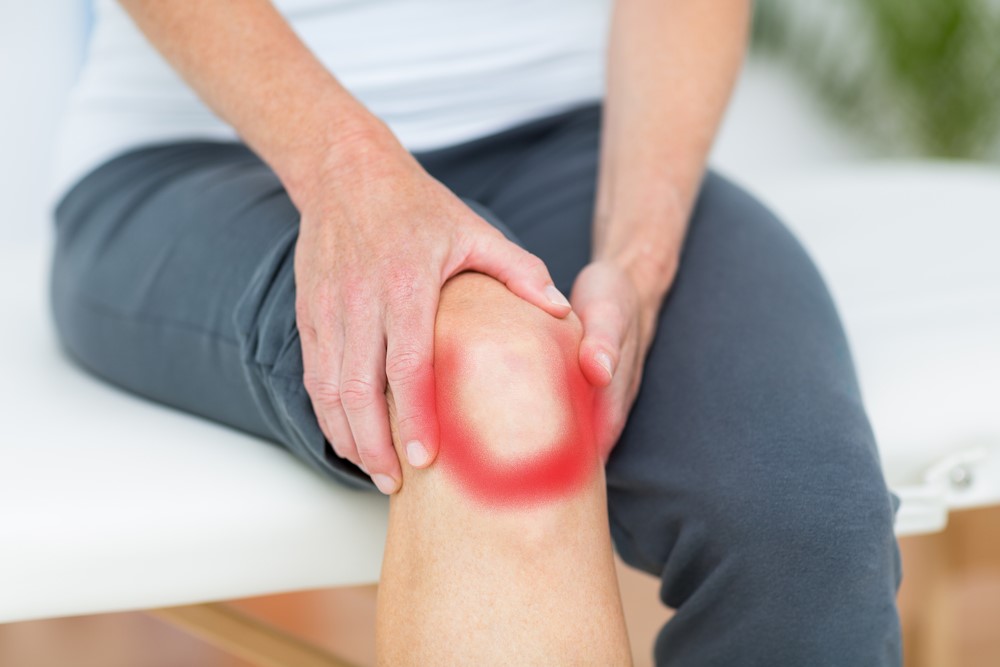
Common Knee Injuries- Bursitis
A bursa is essentially a fluid filled sac found in areas of the body where a tendon or muscle rubs over a bone. The function of a bursa is to decrease the amount of friction, if the bursa becomes inflamed it can swell causing compression and pain in the surrounding anatomical structures. The knee has over 10 bursae surrounding the joint, the most commonly injured of these are located above, below and on top of the knee cap. Signs of bursitis can include a gradual onset of swelling, inflammation, pain and heat with activity and a relief of symptoms with rest.
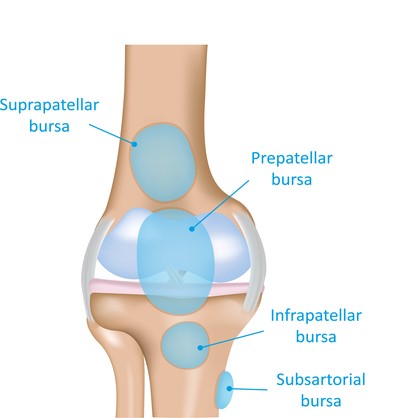
Common Knee Injuries- Articular Cartilage Wear/Osteoarthritis
This condition is more common amongst older individuals however, we do see this in younger populations following trauma (i.e. fractures). The knee joint is designed to absorb impact, unfortunately this is also one of the best ways to break down cartilage! The knee is often thought of as 3 joints, the medial and lateral compartments between the shin and thigh bones and behind the knee cap. Cartilage damage and OA can occur in any of these joints. Signs of cartilage damage and OA can be similar to that of bursitis however you may also get pain at rest, worsening of symptoms in cooler temperatures and movement restrictions.
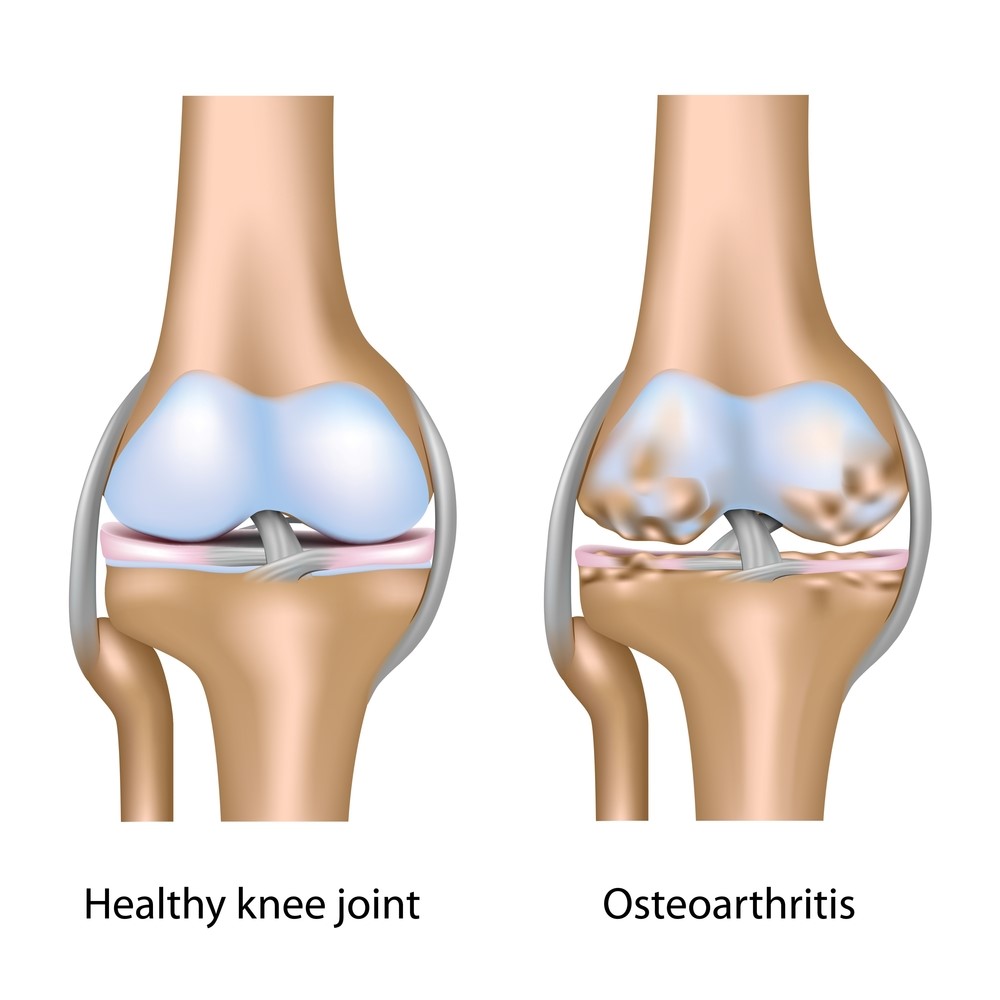
Common Knee Injuries- Meniscus Injury
Between the shin and thigh bone are the medial and lateral meniscus. Their function is to absorb shock and made out of strong fibrocartilage. Meniscus tears are often seen in athletic populations (i.e. soccer and netball players). A common mechanism of injury typically involves an incident where the individual suddenly pivots all their weight on one foot. Meniscus tears can be problematic if the torn fragment becomes unstable and affects the joint surfaces. Signs of an unstable meniscus tear can include locking, giving way and pain with pivoting.
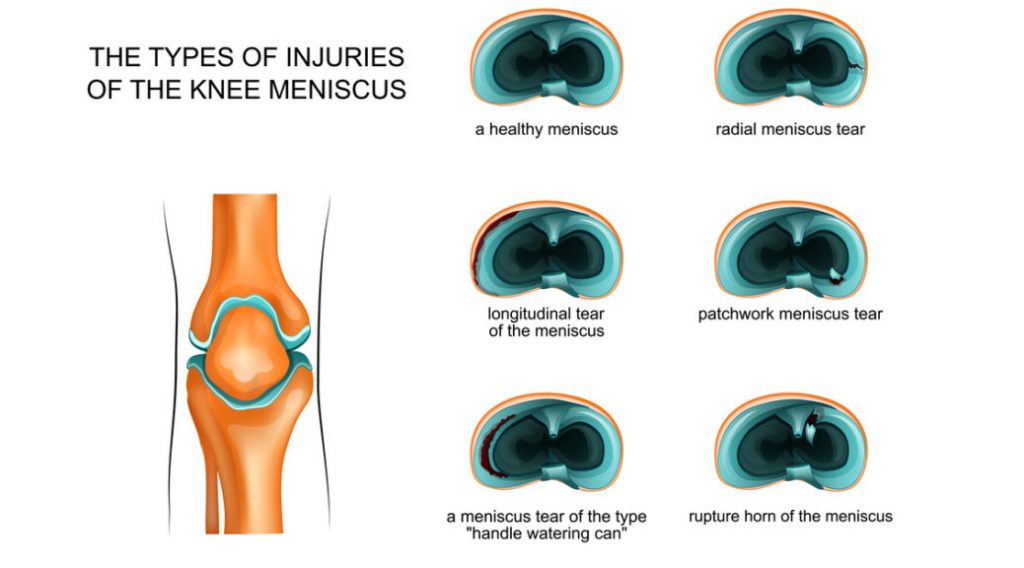
Common Knee Injuries- Ligament Injuries
The knee joint has 4 main ligaments which help prevent excessive movement. The most commonly injured are the medial collateral ligament (MCL) and anterior cruciate ligament (ACL). Ligament injuries normally occur following a sudden incident of trauma where the knee is forcibly stretched beyond its normal range (i.e. hyper extension of the knee during a tackle). These can be graded from low grade partial tears to complete ruptures. The signs of a significant ligament injury can include joint instability, apprehension to pivoting on the affected leg, an audible popping sound at the time of the injury, giving way and locking.
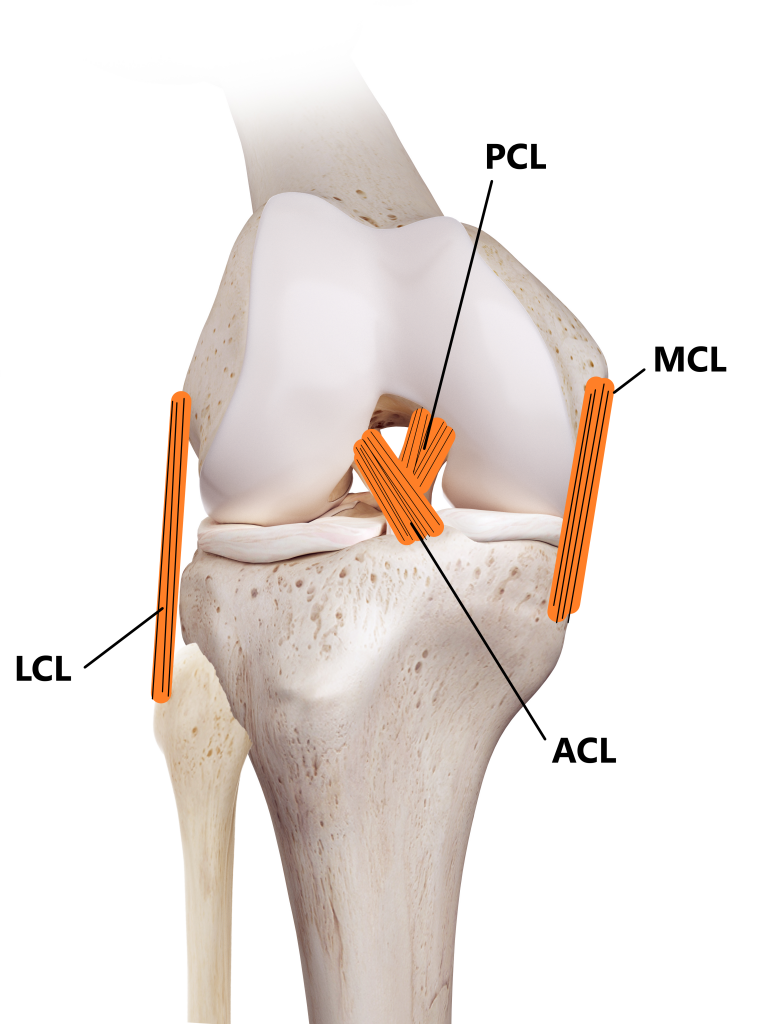
Common Knee Injuries- Popliteal Cyst/Bakers Cyst
The knee is enclosed by a large joint capsule which contains fluid. Damage to any of the structures inside the joint (i.e. meniscus, joint cartilage, bone, ligaments) will result in an increase in fluid volume from inflammation. This extra fluid can cause a bulge to appear at the back of the knee, this is known as a Bakers Cyst. Symptoms include pain at the back of the knee, movement restrictions and a palpable lump. Occasionally these cysts can also tear leading to pain and swelling into the calf region. Treatment should be directed at addressing the underlying cause of the Bakers Cyst to prevent recurrences.
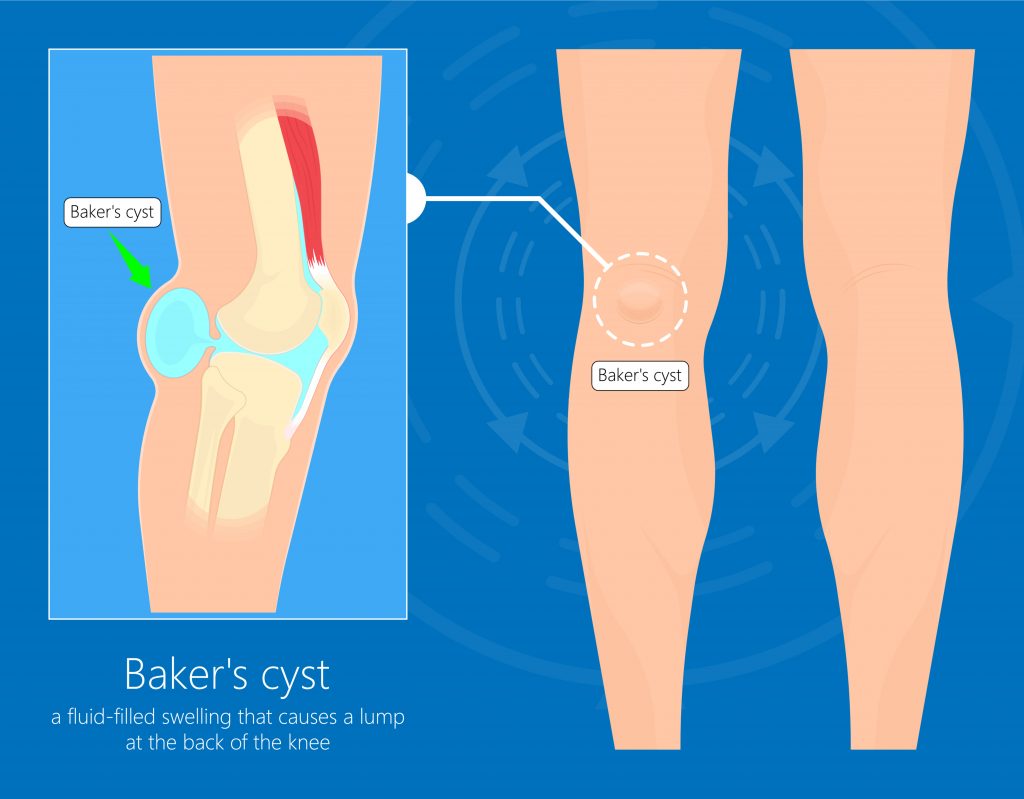
Common Knee Injuries- Patella and Quadriceps Tendon Injuries
The knee cap is attached to the leg via the quadriceps tendon above and patella tendon below. Injuries to these tendons are most often seen in athletic populations who are involved in running and jumping sports. Direct blows to the front of the knee can also result in injury (i.e. falling forwards onto your knees). Injuries can include tendinitis and low grade partial tears to complete ruptures. Signs of a tendon injury can include pain over the tendon directly above/below the knee cap and pain with jumping and running. In more severe cases weakness and inability to straighten the leg can be observed.
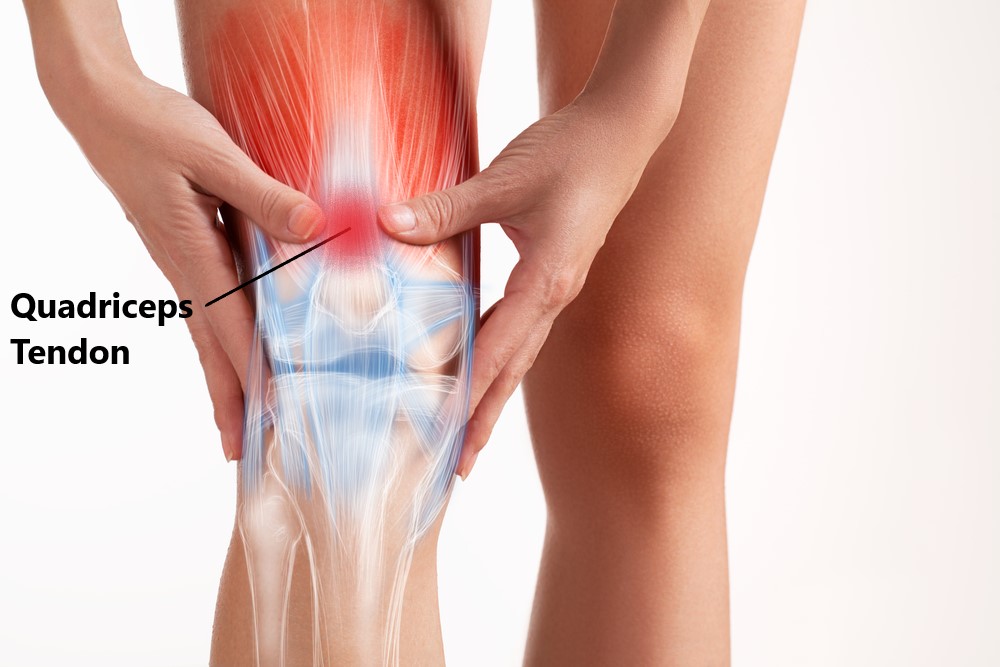
Common Knee Injuries- Gout
Gout is a common form of arthritis that is characterised by a sudden onset of joint pain and swelling with no history of trauma (i.e. fall, twisting). This is most commonly seen in the big toe, but can also affect the knee joint. Risk factors include a family history of the disease, type 2 diabetes, kidney disease and use of diuretics. Certain triggers have been identified which can be modified to lower your risk:
- being overweight
- excessive alcohol consumption
- excessive consumption of high purine foods (i.e. meat, shell fish, sweet breads, offal and sugary food/drinks
- crash dieting
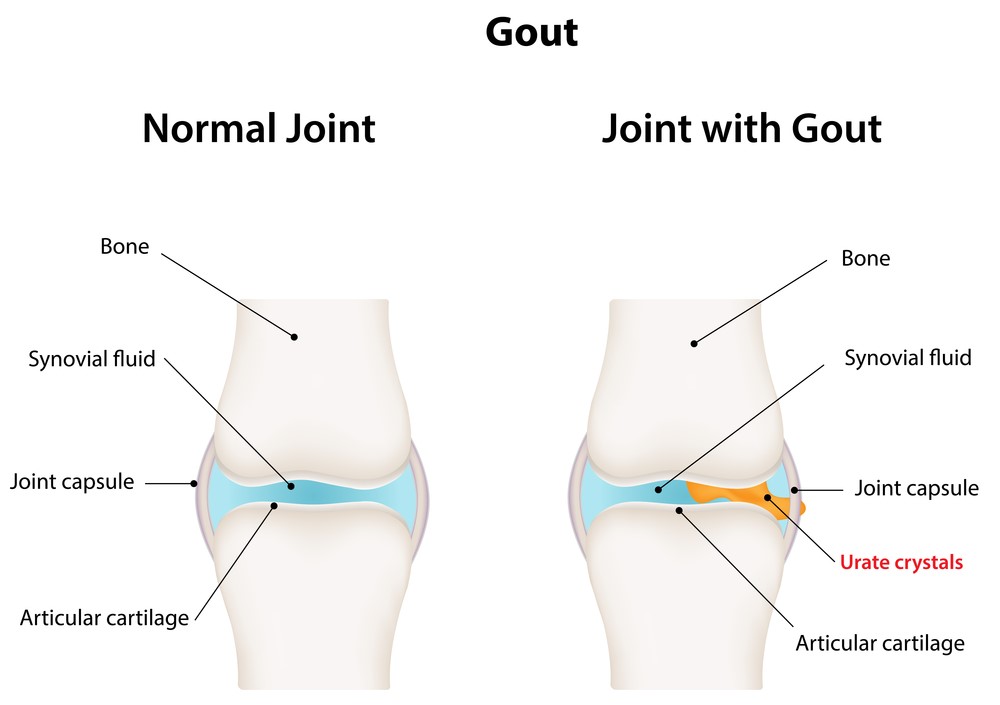
Common Knee Injuries- Patella Dislocations and Subluxations
This occurs when the knee cap is completely (dislocated) or partially (subluxed) displaced out of its normal position. These typically occur following a traumatic incident where an individual suddenly pivots on one leg (i.e. changing direction when sprinting) or following a hard blow to the knee (i.e. tackle).
In the majority of cases the kneecap is displaced laterally away from the mid line. These are most commonly seen in athletic female teenagers. Symptoms can include joint deformity, instability, sudden severe pain and swelling and difficulty weight bearing.
Risk factors include:
- generalised joint hypermobility
- high riding kneecaps (patella alta)
- family history
- abnormal standing postures ( i.e. knock kneed, flat feet, hyper extending knees, being “pigeon toed”, being “duck footed”)
- anatomical abnormalities of joint between the knee cap and thigh bone (shallow lateral femoral groove)
- muscle imbalances at the knee cap (i.e. weak VMO, tight ITB)
Patella displacements firstly need to be relocated. If they do not occur spontaneously please seek medical assistance, more damage can be caused if not done correctly! It is important to follow up with medical imaging as damage to the joint surfaces and ligaments is common following these events.
Unfortunately, the chance of recurrence is high. Appropriate management is typically comprised of adequate rest (splinting may be require) followed by a rehabilitation program to strengthen specific muscles. In some instances surgery will be required especially if an individual experiences recurrent spontaneous dislocations (i.e. rolling over in bed).
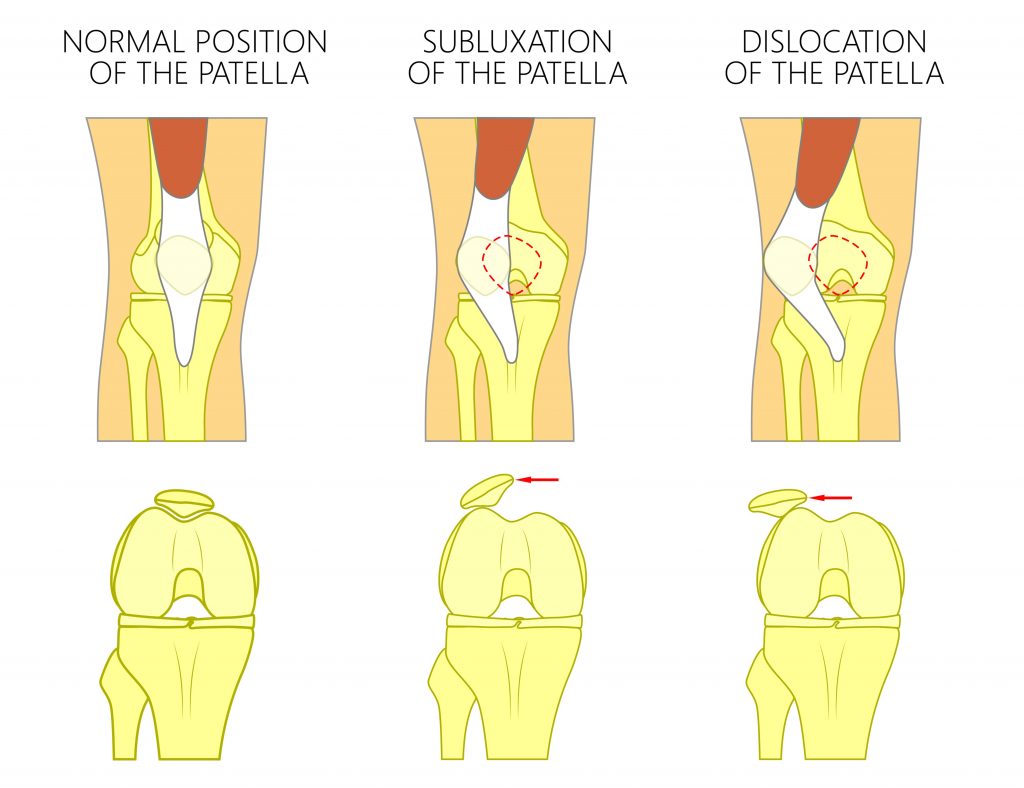
Please keep in mind the information provided is general in nature and should not be used as a substitute to consult your treating health professional. If you have any specific questions or require assistance with your individual treatment requirements please do not hesitate to contact My Family Physio inside MyHealth Medical Centre, Mona Vale.
Related Articles